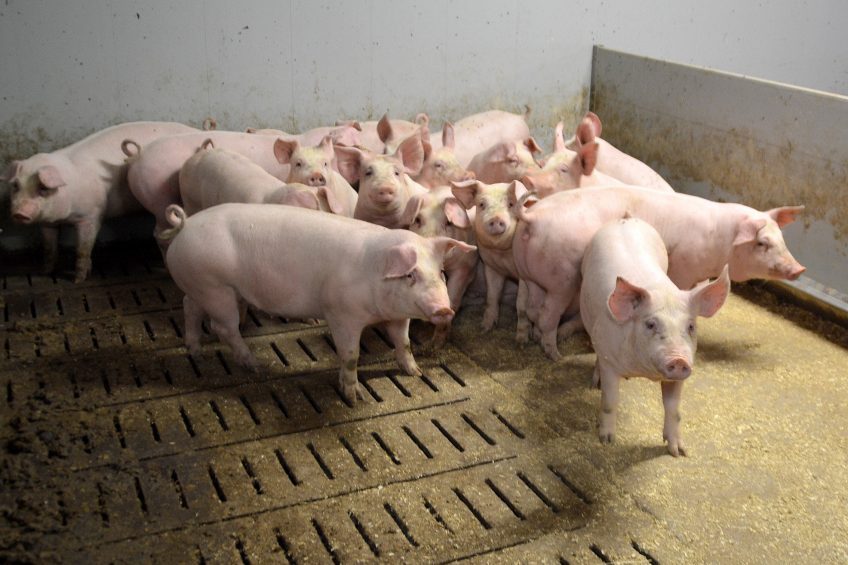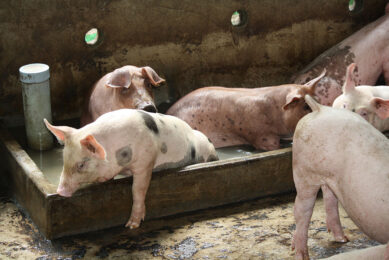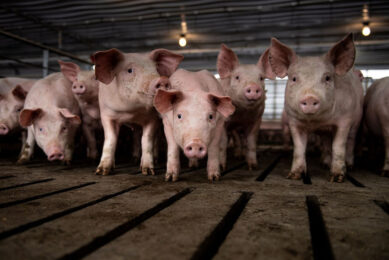Creativity key to survive as pig farmer in Finland

Being a farmer in Finland these days is not easy. Due to the ongoing EU-wide ban on agricultural produce from neighbouring Russia, a large market has disappeared from sight for Finnish producers. Mika Vuorinen aims to spread his risks.
Like quite a few other farmers in Finland, Mika Vuorinen, age 37, does not have an exact idea what his costs of production are. Of late, the market simply has proved to be too volatile to look into finances deeply, mostly because of the ongoing Russian ban on food from the EU.
Mr Vuorinen says, “Since Russia has banned European food imports, partially due to African Swine Fever, but in reality as a counter measure for EU restrictive measures in response to the crisis in Ukraine, the Finnish pig industry has been hit hard. Prices dipped below the cost of production, and even though Finland is very efficient, it is challenging to make a profit in this business.”
He adds, “It is vital to have several supporting incomes on the farm, along with the pork production, to survive bad years.”

Farming since 1914
Mika Vuorinen, aged 37, is a fourth generation farmer who has been farming at Jalasjarvi, 150 km north of Tampere, since 2006. The farm has been in his family since 1914 and extends to 100 ha owned and another 104 ha rented. Mr Vuorinen operates a wean-to-finishing system with space for 1,700 pigs and a production turnover of 6,500 pigs/year. The farm has produced pigs since the beginning of the 1980s. The most recent unit was built in 2012 and holds 1,300 pigs and a second older unit, renovated in 2013, holds 400 pigs.

The farm has quite a number of ways to reduce costs as much as possible, growing barley and wheat for pig feed and then rapeseed, oats and rye for crop rotation. He receives € 650 per ha for the arable land in a subsidy from the EU and a small payment from the Finnish government as a subsidy for the pigs. The farm has its own feed mixing unit combining barley and wheat with distiller’s grain and a feed concentrate manufactured by A-Rehu. The feeding is all carried out by a fully automated liquid feeding system provided by the Pellon Group.
In addition, the pig houses are heated with a special heat exchange system that draws energy from the slurry, which in turn warms up water that is circulated around the pens. A total of € 650,000 was invested in the new buildings with 25% of this being subsidised by the Finnish government.
Also in terms of staffing and machinery, the farm seeks cooperation. It has two full-time employees and two part-time seasonal workers. “We got together with three other farms to pool our labour and machinery for crop production,” says Mr Vuorinen. “We have our own tractors and a combine, but other cultivating machinery and a grain dryer are shared. Time and resources permitting, we contract harvest for four other farmers as well.”
|
Pigs coming in and going out
Every two weeks Mr Vuorinen buys pigs from the local meat production company Atria through three local birth to weaning units taking them in at 31.8 kg paying € 60-€ 70 per head.
The piglets are a three-breed cross born from F1 generation sows, which are a crossbreed of Landrace and Yorkshire breeds. Duroc boars are used for good growth rates. All of the pig breeding and genetics development have been carried out by Finnpig.
These pigs are finished and sold at a carcass weight of 90.3 kg at € 1.60 per kg in peak times, but normally at an average of € 1.40. It’s a system he has run for over ten years. Atria, his meat processor, estimates that on average Mr Vuorinen should be making an average € 10-€ 15 profit per head, taking everything into consideration. “Pork prices at the moment go up and down quite often,” Mr Vuorinen says. “I buy the small pigs from Atria and then sell them back to Atria when fattened. I grow most of the feed for my pigs myself therefore trying to control some of my input costs but it’s difficult to think of what my overall costs are.”
 Beheer
Beheer
 Profile
Profile







 WP Admin
WP Admin  Bewerk bericht
Bewerk bericht